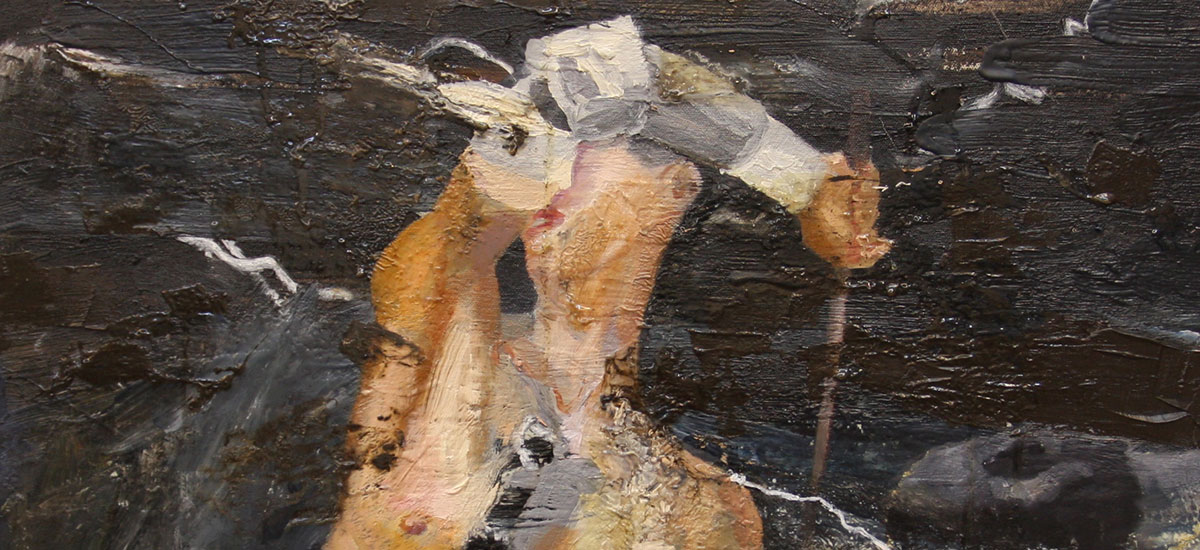
Press Release: Juramento
25 Nov 2014
Yavuz Gallery is pleased to present Winner Jumalon in his first solo exhibition in Singapore. Comprised of new paintings, drawings and sculptures, Juramento draws from the language, stories, customs and landscapes from the artist’s hometown of Zamboanga City, Philippines. The exhibition and artwork titles are rendered in Chabacano, a Filipino creole language derived from Spanish and widely used in Zamboanga.
When describing his works, Jumalon often talks about specific faces and spaces that inspire him. His body of work can be characterised by an ongoing exploration of personal, cultural and artistic identities, which are often fluid and interlinked. In Juramento, Filipino culture and history are explicitly linked with his own experiences and family history, in layered images populated by figures both real and mythical. In one painting, he associates an image of his mother tilling the soil with the origin myth of Zamboanga City’s Pasonanca district. In his series of three Juramentado paintings, Jumalon depicts himself as the titular Juramentado, an oath-bound Moro warrior from Filipino history, relating this striking figure to his own journey and convictions as an artist. With his constant references to Zamboanga City, one senses yet another oath in Jumalon’s works – one to his city of birth, to always remember and always return.
Other works are grounded in contemporary figures. The painting Nuay Muerte (“No Death”) depicts a man who is known in Zamboanga City by the alias Mano’y Fusil (“hand of gun”). Jumalon explains, “According to rumours, Mano’y Fusil used to be a killer and is feared by everyone. He is a man of few words, and if anybody tried to quarrel with him or was plotting against him, he would immediately eliminate that person.” Yet, the artist acknowledges that this fearsome reputation is based entirely on unsubstantiated stories and rumours. Floating on the canvas is a colourful gun (fusil) made out of Lego blocks, a suggestion that our public selves can be constructed, invented, taken apart. As is typical of Jumalon’s works, seemingly random scribbles, sketches and broad strokes of paint interrupt the painted canvas like graffiti, further obscuring and throwing the man’s identity into question.
By conflating history, myths and autobiography, Jumalon examines the Philippines’ shared cultural legacy that shapes his own.